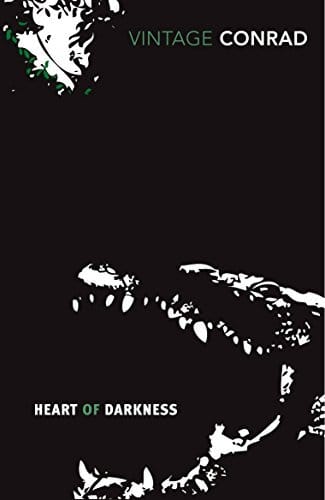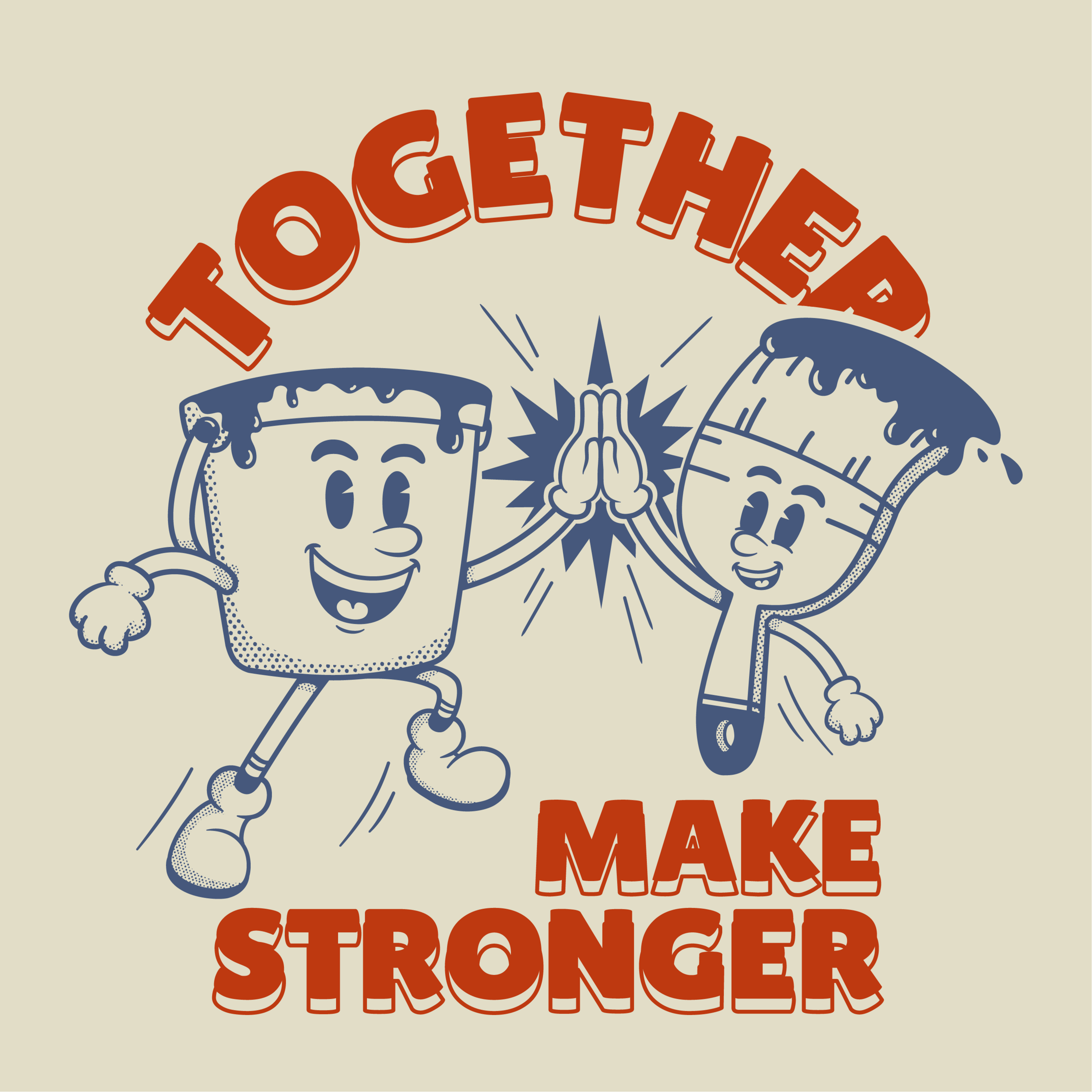
Imagine that you’re hungry for a little snack. So you open the fridge. As you shuffle through the half–empty condiment bottles and tupperwares full of unidentifiable mush, your spouse enters the kitchen to ask what you’re doing.
“I’m continuing to conduct a thorough investigation into all the resources available here. As you know, I’ve always been committed to doing this work. And once I’ve gathered all the relevant information, I’ll convene with our key stakeholders to lay out a roadmap for taking strong, decisive action.”
Would they appreciate that response more, or less, than:
“Just grazing… I’m gonna run to the store, you want anything?”
Such clear, concise communication is what’s expected in our personal relationships. It’s also increasingly rare in the professional world, which makes it an excellent tool for anyone trying to build trust and credibility.
The ability to not sound like you were just lobotomized by a team of nonprofit execs with MBAs has become a way to stand out, as evidenced by public figures as wildly different as Donald Trump and Zohran Mamdani. They’re not ashamed of what they’re saying, so they just say it.
Talking like a normal person is “riskier” in a sense, because it’s easier for people to tell what you’re actually saying—and potentially criticize it. On the other hand, nobody’s listening to the jargon jockeys anymore.
For most organizations, being irrelevant (to almost everyone) is worse than being controversial (in certain circles). This doesn’t mean you want your comms team to go around poking social media hornets’ nests for the fun of it, or that you should turn the Brutal Honesty meter up to 11 for every public-facing statement.
However, it does mean that for your comms strategy to work in 2025, you have to be as tangible and specific as possible.
If you’re teaching kids how to swim, then just say that in your Instagram post—not “empowering youth with strategies to advance safety-first outcomes.” If you’re adding a new tuna sandwich to your menu, then make that your email subject line—and skip the bluster about “bringing new taste experiences to our community.”
And if you’re invited to give a speech or go on a podcast, try using the same voice and vocabulary you’d use at home. You might be surprised at how relatable you sound (and how much people appreciate it).
Because the last word is rarely the end of the conversation.
Much like penguins, we enjoy bringing you little gifts to show we care:
Recession indicator or sign of the public’s more discerning tastes? An investigation into the plight of the US’ “slop bowl chains.”
Human Rights Watch is hiring a Senior Researcher on Immigrants’ Rights. Multiple locations possible, English and Spanish required, $88,000-96,000 per year.
Cultural criticism is being phased out of magazines and newspapers around the country, even as the cultural landscape gets more cluttered and bewildering than ever. It’s probably fine!
Here’s what one of us is currently reading:

Heart of Darkness - Joseph Conrad
“The horror, the horror.”
If you’re a book lover who hasn’t managed to finish an actual book in ages, grab a copy of Heart of Darkness. At only 110 pages long, this classic from Joseph Conrad is approachable enough to be tackled in a single rainy afternoon. And for a story that was originally published in 1899, it’s also unsettlingly prescient about the moral dilemmas of our age.
Inspired by Conrad’s river journey into the Congo Free State (the private fiefdom of Leopold II, the brutal king of Belgium), Heart of Darkness demands the ideal level of attention from an enthusiastic-but-lapsed reader.
Each paragraph matters—and you’ll likely have to retrace your steps from time to time—but there are few enough in total that the challenge feels surmountable. Conrad’s simple, powerful writing style also holds up remarkably well, with little of the dated language that can make other “classic” authors a struggle to digest.
Most importantly: the payoff is worth it. As the book progresses through themes of racial callousness, economic precarity, and personal ennui, you’ll begin to feel unnerved in an oddly enlivening way. Something hits too close to home. And when you arrive at the book’s famous crescendo, you might feel something even more surprising: a desire to keep reading.

If the 2010s were an era of diversity in media, the 2020s are one of consolidation. This presents obvious challenges when trying to get small or medium organizations mentioned in the news. Success depends on riding the waves that already exist, instead of trying to make new ones.
Press releases sometimes feel like relics from a simpler, more innocent time. Much like fax machines, most people are aware they continue to exist. What’s less clear: who actually uses these things in 2025? And for what purpose?

The ability to not sound like you were just lobotomized by a team of nonprofit execs with MBAs has become a way to stand out. It's “riskier” in a sense, because it’s easier for people to tell what you’re actually saying—and potentially criticize it. On the other hand, nobody’s listening to the jargon jockeys anymore.

When we founded this agency last year, we had a pretty straightforward idea of how we’d run our business: do good work with our own hands, communicate honestly, and treat people fairly. We thought this would be the simplest path to earn a decent living and contribute something to human society. After a year of this experiment, here’s what we’ve found...

Working with people you think are interesting is good for your own personal and career growth. If their ideas are good enough to work on for free, someone will eventually pay them for that, and you’ll have forged a professional relationship—or better, a friendship—with someone smart.

There’s nothing wrong with media outlets exploring new revenue streams, and newsrooms are always fluctuating in size. But outlets can only hollow out their core product so much before it collapses entirely, and a growing number of media organizations seem to be reaching that point now. Live events are not going to save them.
Comms agencies that are good at their work tend to be curious and resourceful. We can’t pretend to be ignorant about the people and products we’re telling the public to trust. In all but the rarest cases, the agency knows what it wants to know. Business is never as pure or idealistic as we might want it to be. It does have ethical boundaries, though, and these are especially important at inflection points like the one we’re in now.
We humans like to explore for exploring’s sake. We’re pleased when we find an unexpected beautiful thing, and we feel a sense of satisfaction when we “discover” something that’s not immediately obvious to the casual observer. People want to spend time in environments where these opportunities are available—which is something to consider when building (or updating) your website.
Nonprofits shouldn't have to beg for funding to provide vital services. But with federal funding suddenly scarce—and thousands of organizations scrambling to attract attention from the big donors that remain—a new kind of comms strategy is needed.

The platform doesn't drive traffic to your site. The ads don't convert. And these days most of the "engagement" comes from spam bots or virulent bigots. It's time to move on from Twitter—but to where?
Everybody loves talking about the importance of "storytelling" for building your organization's name recognition. And it really can work—but it requires more planning and effort than firing off the occasional blog post or Instagram post.

If your nonprofit or small business has a clear message to share about a concrete goal it wants to achieve, video can do that better than any other medium—if it's done right.

Today, even a glowing review in the New York Times doesn't move the needle that much. Getting people's attention takes a more creative approach. And it all hinges around owning the means of (content) production.

In the inaugural issue of A Better Way to Say That, we explore important questions like why does this newsletter exist? and why does PSE exist, for that matter? We also share a roundup of exciting new book launches, events, and job postings—along with perhaps the most effective fundraising email ever written. As far as business-y newsletters go, it's a fun read!


